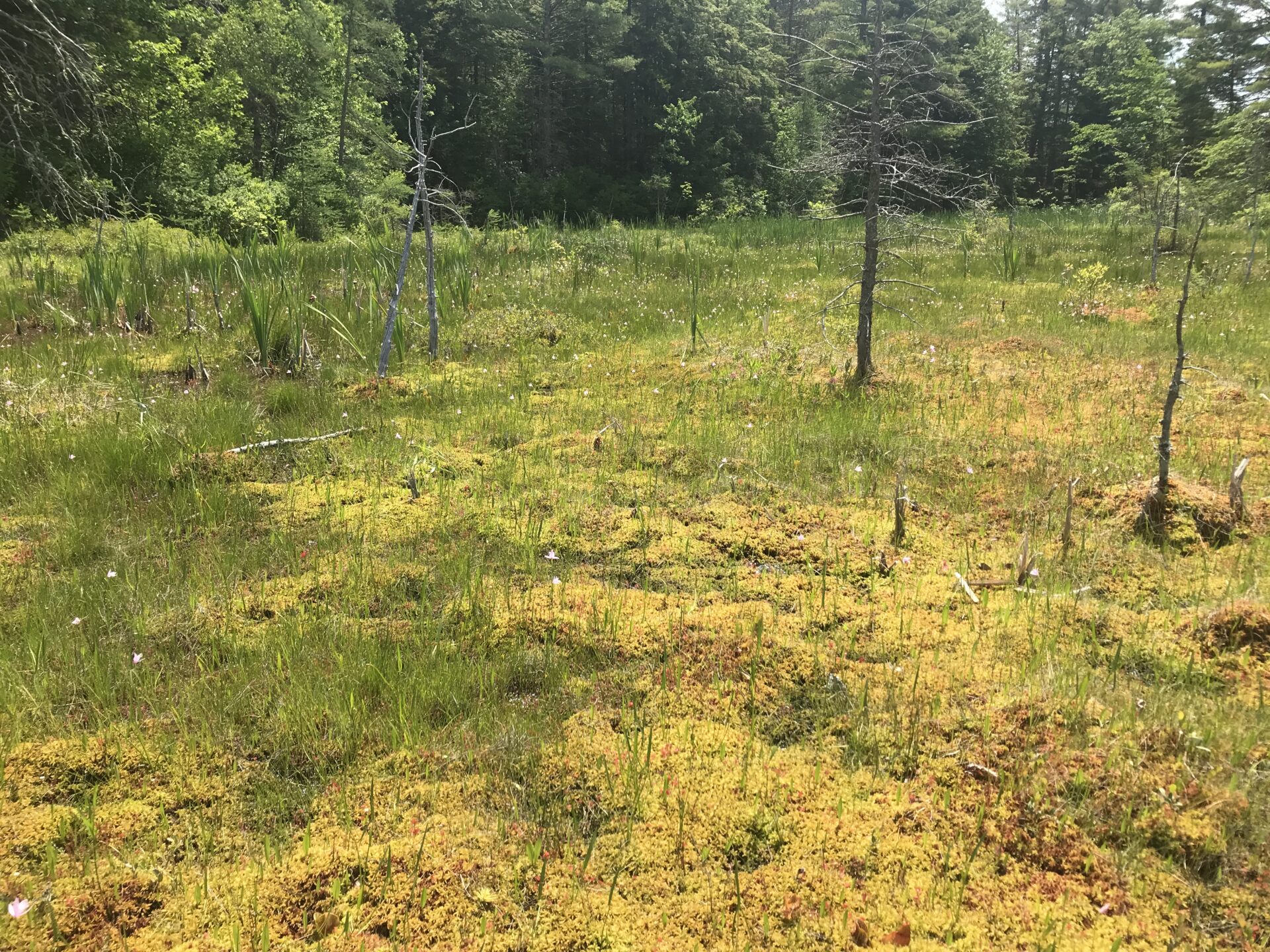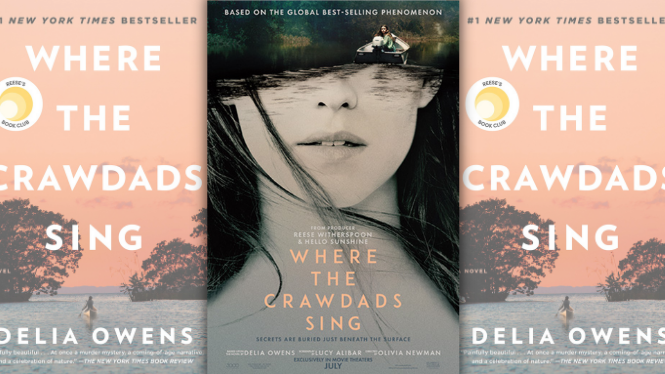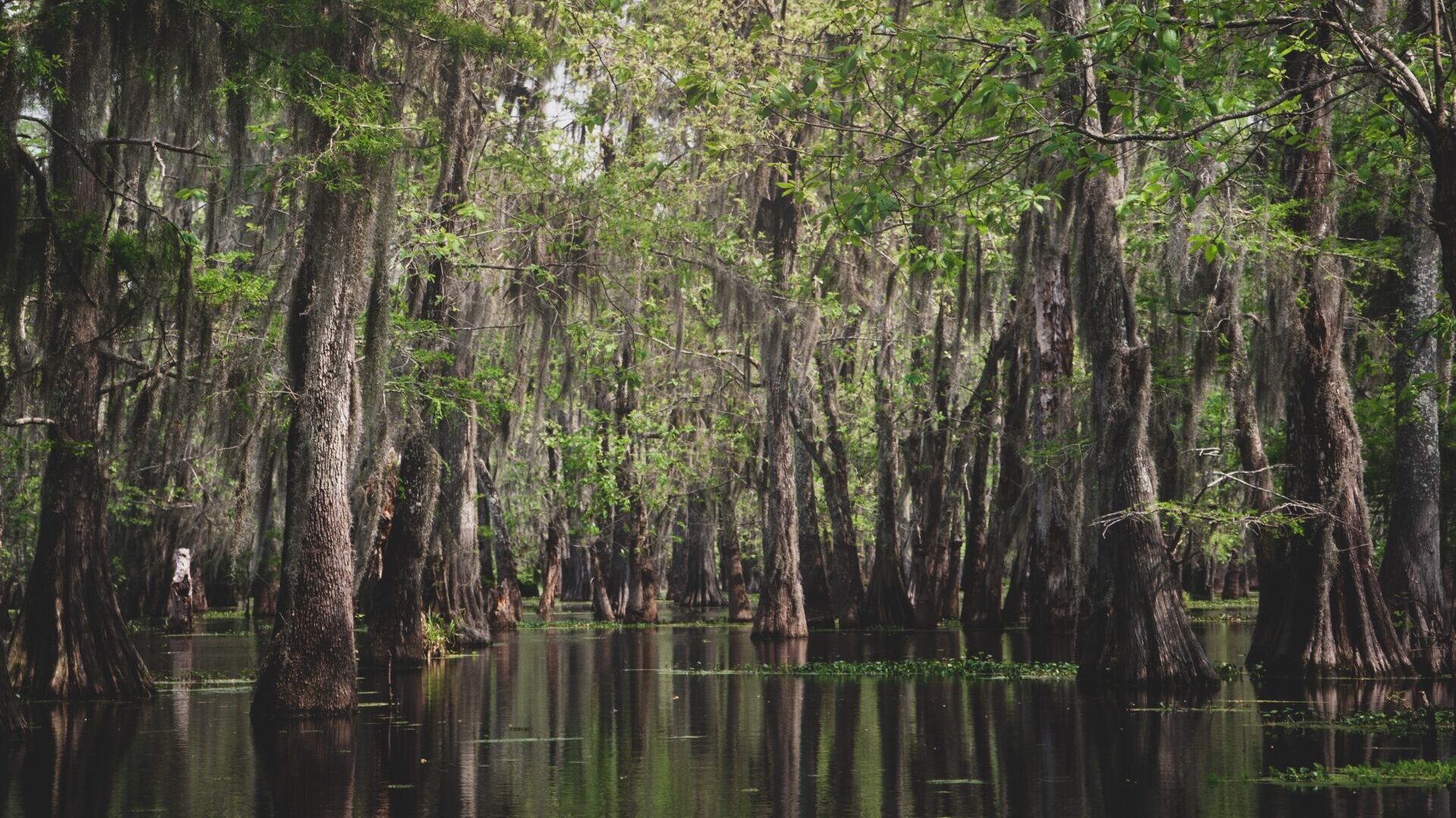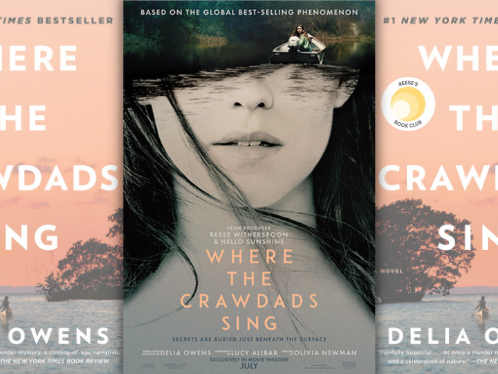
Bogs & Fens: What’s the Difference, for Peat’s Sake!?
January 19, 2023
Polar Bear Awareness
February 27, 2023

What Where the Crawdads Sing Can Teach Us About Wetland Appreciation
Author: Liz Clift
You may have read or seen Where the Crawdads Sing (a 2018 best-selling novel by Delia Owens, which was adapted into a movie in 2022), which is based in a southern marsh and focused on a young girl, Kya, who becomes an expert in the marsh, simply by observing it every day.
During the period in which Where the Crawdads Sing is set, wetlands were typically seen as a nuisance—and that comes through in the story-telling, when developers want to drain the marsh for a development. Wetlands were also seen as mosquito-infested, buggy, smelly, or even an eyesore. A significant number of wetlands around the world, including in the US, have been lost due to land development and agriculture, which is unfortunate because wetlands are rich with biodiversity and play a key role in maintaining both freshwater and saltwater fisheries, support water quality, and protect against flooding.
In Where the Crawdads Sing, wetland skeptics might find things to feel charmed by—whether it’s a description of the black head plume of a great blue heron (Ardea herodias); attention to the flowering of grasses; or a description of the way a feather captures light. The camera work in the film adaptation also highlights the beauty of Kya’s marsh—and with close observation, similar beauty can likely be found in whatever wetlands are near you!
Based on the title of the book/movie, you’d be forgiven for thinking that a crawdad is a type of bird—but crawdad is another word for crayfish, a type of freshwater crustacean that looks like a miniaturized lobster. I grew up in a place with crawdads—and while they don’t sing in any way that most of us would consider, they can make noise. To me, it sounds a lot like someone typing. I’ve also heard it described as clicking or similar to morse code. Crawdads can make the sound on land or in the water. For Kya, the phrase “where the crawdads sing,” turns into an instruction to really be part of, and observe, the marsh.
Although it is by no means the center of the story, Where the Crawdads Sing reflects the changing attitudes over time that meant people realized marshes and other wetlands are worth studying—in fact, Kya eventually becomes an artist and author depicting the creatures of her marsh and another major character works at a lab that’s dedicated to studying the marsh.
If you’re looking for something to watch this evening—or your next read—you might consider Where the Crawdads Sing, particularly since today is World Wetlands Day.
World Wetlands Day was established in 1997, is recognized as a United Nations International Day of Importance, and marks the anniversary of the signing of the Convention on Wetlands of International Importance in Ramsar, Iran on February 2, 1971.
Although we chose not to focus on it here, in favor of focusing on its depiction of wetlands, it’s important to note that Where the Crawdads Sing has some controversy around it.

